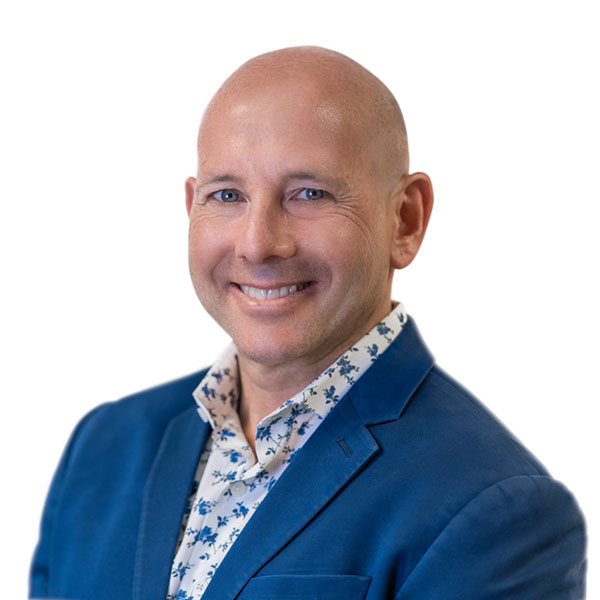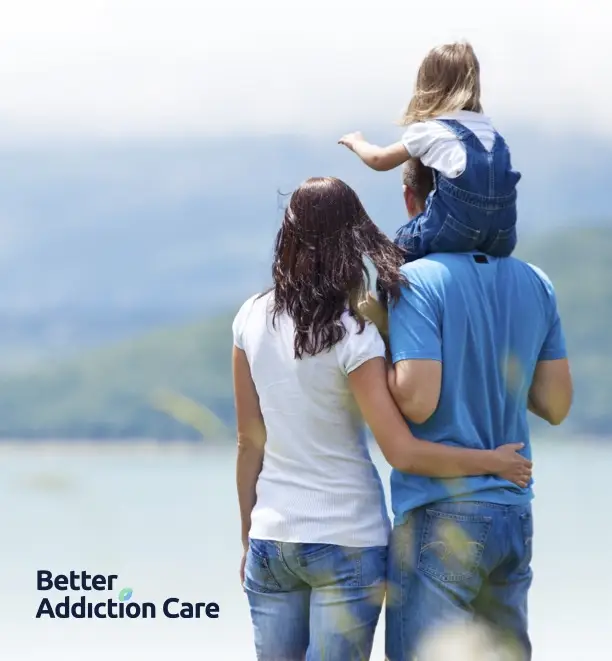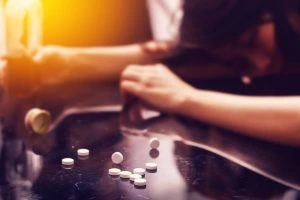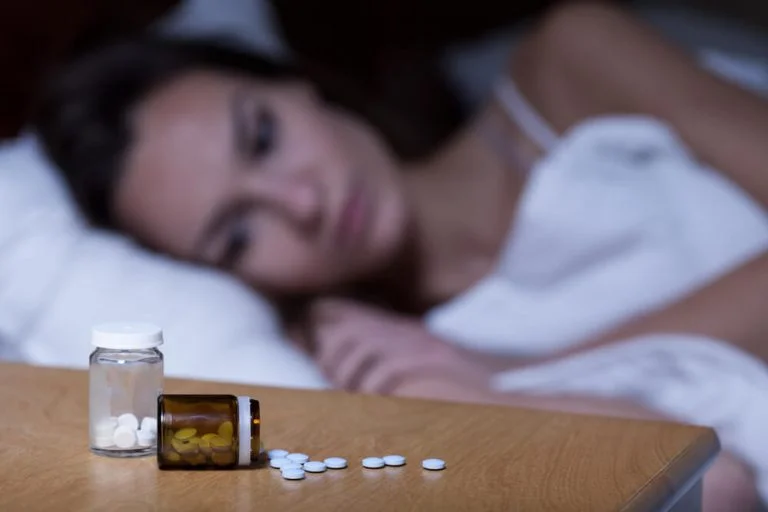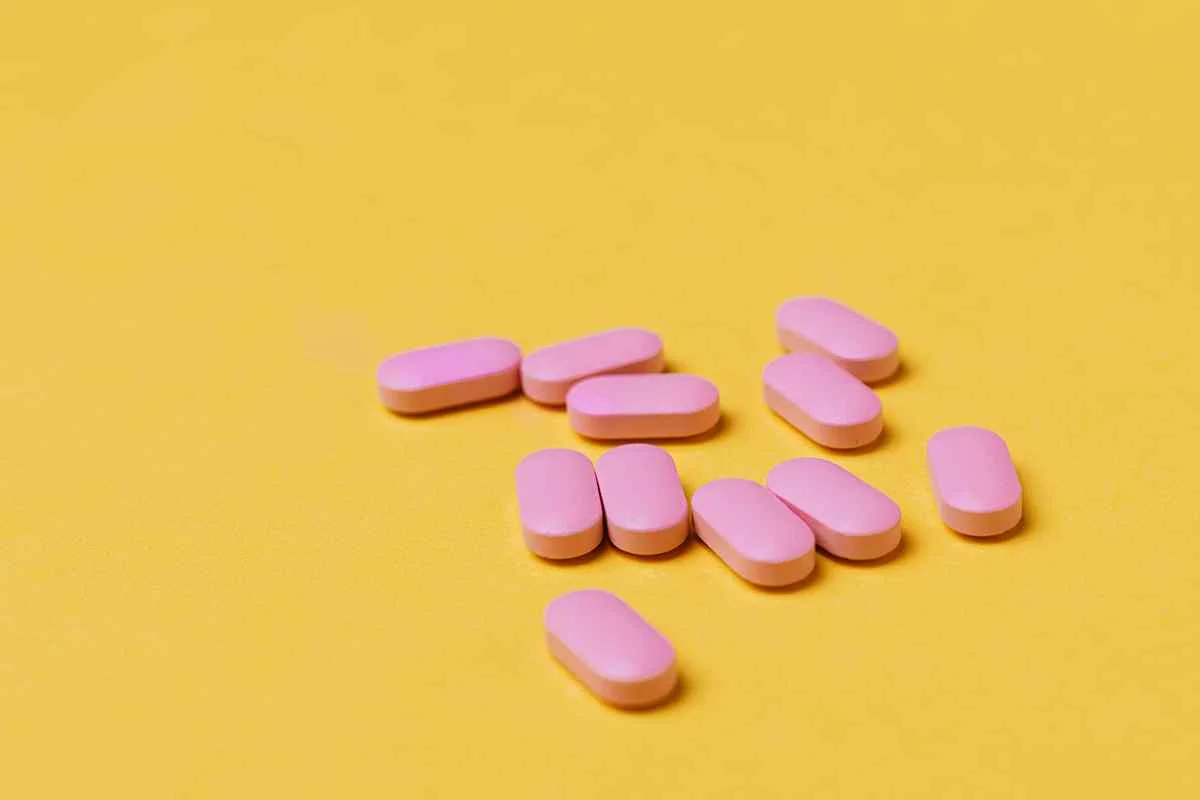The Link Between Sleep and Teenage Drug Abuse
While adults can get away with continually getting as little as six hours of sleep at night without any problems, the younger you are, the more sleep you need. Adolescents require around 8.5 and 9.5 hours of sleep every night in order for them to have proper biological function. A new link between teenage drug abuse and a lack of sleep is surfacing showing just how important a full night’s rest for your child is. However, according to the Youth Risk Behavior Survey, only around 27.5 percent of adolescents were getting a minimum of eight hours rest each night.
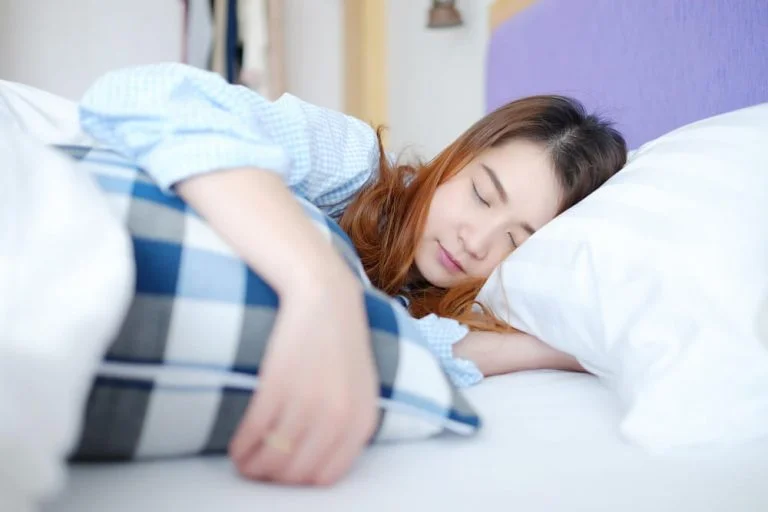
Exploring the Link Between a Lack of Sleep and Teenage Drug Abuse
What Can Inadequate Sleep Cause?
When teenagers don’t get enough sleep, it can not only cause teenage drug abuse but it can cause a host of other problems. It has been found that a lack of sleep on a regular basis can cause a drop in school performance, obesity and a higher risk of becoming involved in risky behavior, such as teenage drug abuse.
The Science Behind Teen Drug Use and Inadequate Sleep
Based on the analysis of the finding in the Fairfax County Youth Survey, teen drug use in those who were getting around six hours of sleep each night was as much as three times as likely than in those who got between 8-9 hours of sleep each night. This striking statistic shows just how impactful lack of sleep can be on teen drug addiction.
Researchers are trying to understand just what exactly is at the cause of teenage drug abuse when there is inadequate sleep. It is believed that the impaired function of inhibitory control and emotional regulation are possibly at the cause of the drastic increase in substance abuse.
In adults, lack of sleep can cause the dopamine D2 receptors to be less available. This means that the natural release of dopamine – the chemical responsible for euphoria – is hindered leading to a sudden surge of the chemical if a drug such as opioid pain killers are taken. As is known through research, people who experience greater effects from drugs such as opioids are at a higher risk of becoming addicts. Therefore, when adolescents get insufficient sleep, teen drug addiction becomes much more likely because it affects them even more. Dopamine D2 receptors are also responsible for a person’s ability to exert self-control, making a lack of D2 function due to lack of sleep a risk factor.
A Vicious Cycle
Stimulant abuse and inadequate sleep seems to have a vicious cycle involved that can spiral into heavy addiction.
When a person abuses a substance such as cocaine – a stimulant – it causes them to be unable to sleep. As the stimulant impairs the adolescent’s sleep, the impact it has on the dopamine D2 receptors then cause the teenager to be more susceptible to further substance abuse. In essence, the more the person uses the drug, the more they can’t sleep properly and the more likely they are to abuse more drugs, leading to a vicious cycle.
Adolescents today face a new range of issues including using cell phones or computers at night that make getting enough sleep every day far more difficult. Making sure that your child is getting enough sleep can not only help them be a happier person, but it is now clear that it is also a necessary part of preventing substance abuse.
If you or a loved one is struggling with addiction, get help right away. Make a phone call that will connect you to a professional drug treatment center. The call you make may save your life or the life of someone you love. Call us today at (800) 429-7690.

